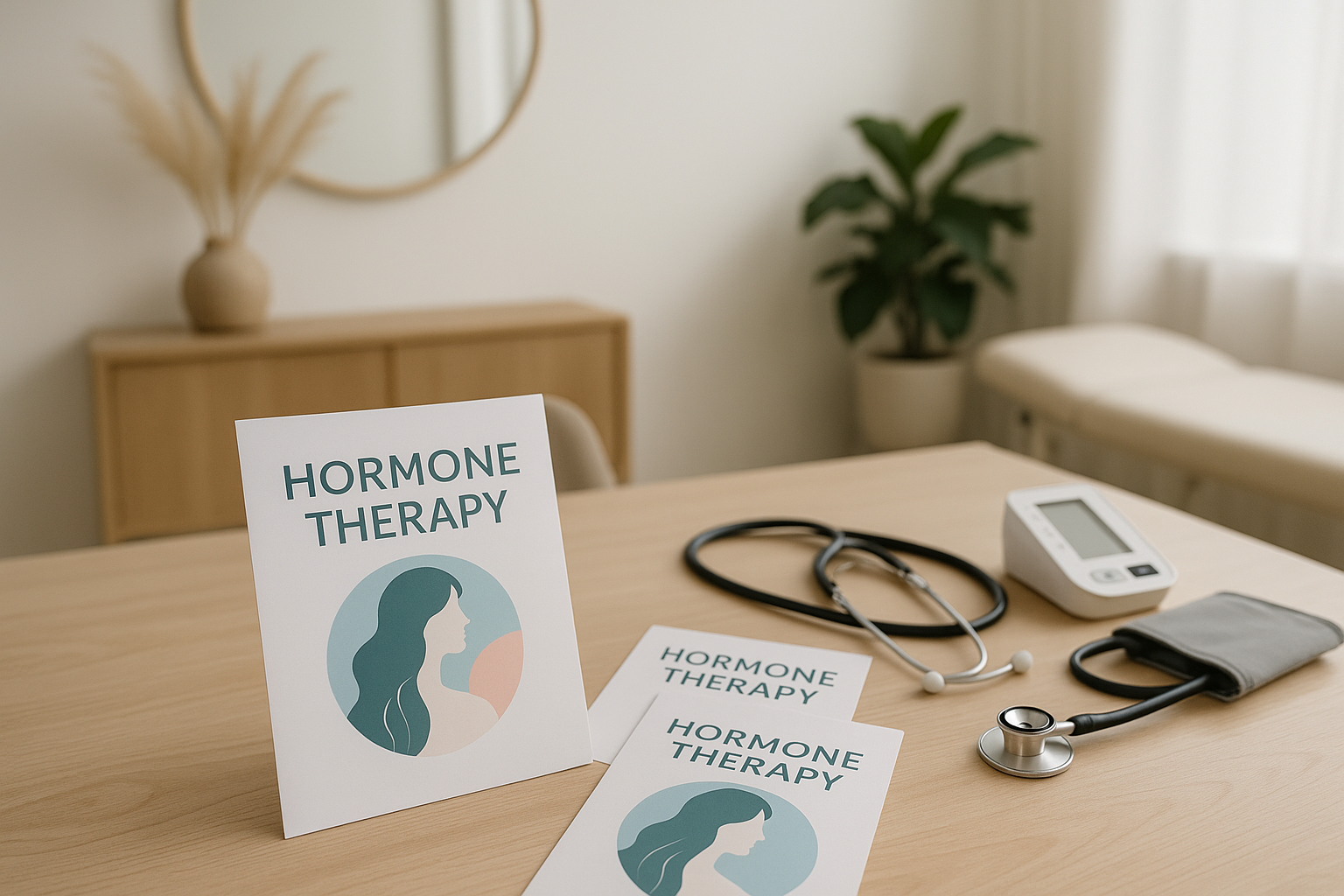Revolutionary Vegetable Garden Landscaping Transforms Backyards Into Edible Heavens
Transform your backyard into a lush, edible paradise with revolutionary vegetable garden landscaping, and explore a world of options that can turn your outdoor space into a sustainable haven.
The Rise of Edible Landscaping
In recent years, edible landscaping has gained momentum as homeowners seek sustainable and aesthetically pleasing ways to cultivate their gardens. This innovative approach combines the beauty of traditional landscaping with the practicality of growing your own food. By integrating vegetables, fruits, and herbs into your landscape design, you not only enhance the visual appeal of your backyard but also enjoy the bounty of fresh produce right at your doorstep.
Benefits of Edible Landscaping
Edible landscaping offers numerous benefits that extend beyond just aesthetics. Firstly, it promotes sustainability by reducing the carbon footprint associated with transporting food from farms to tables. Growing your own vegetables and fruits also ensures that you consume pesticide-free produce, contributing to healthier living. Additionally, it can significantly cut grocery expenses, as you have a continuous supply of fresh produce. For those interested in exploring this lifestyle, there are many online resources and websites where you can browse options for seeds, plants, and design ideas.
Designing Your Edible Garden
Creating an edible landscape requires careful planning and design. Start by assessing the available space and sunlight in your backyard. Choose plants that thrive in your climate and soil type. Popular choices include tomatoes, peppers, lettuce, and herbs like basil and rosemary. Incorporating edible flowers such as nasturtiums and marigolds can add color and attract beneficial insects. Raised beds and vertical gardens are excellent options for maximizing space and creating a structured look.
Costs and Considerations
The cost of transforming your backyard into an edible landscape can vary widely based on the size of the area and the plants selected. On average, a basic setup for a small vegetable garden can start from as low as $200, including soil, seeds, and basic tools. For larger projects with more complex designs and plant varieties, costs can rise to $1,000 or more. Many gardening centers and websites offer discounts and promotions, so it's worth searching for deals that can reduce initial expenses. Keep in mind that the investment pays off in the long run by providing fresh produce and reducing grocery bills.
Real-World Examples and Success Stories
Across the globe, homeowners are embracing edible landscaping with remarkable success. For instance, a family in California transformed their suburban backyard into a thriving garden that now produces over 70% of their vegetable intake1. Similarly, urban dwellers in New York have turned rooftops and small patios into productive green spaces2. These examples demonstrate the versatility and potential of edible landscaping, regardless of location or space constraints.
Getting Started with Edible Landscaping
If you're ready to embark on your edible landscaping journey, start by visiting websites that offer comprehensive guides and resources. Many online platforms provide detailed instructions on plant selection, garden layout, and maintenance tips. Additionally, local gardening clubs and workshops can offer hands-on experience and community support. By exploring these options, you can gather the knowledge and confidence needed to create your own edible haven.
Transforming your backyard into an edible landscape not only enhances its beauty but also offers practical benefits like fresh produce and reduced grocery costs. As you explore the myriad of options available, remember that this journey is as much about personal growth and sustainability as it is about gardening. Whether you're a seasoned gardener or a novice, the world of edible landscaping invites you to create a space that's both productive and enchanting.




